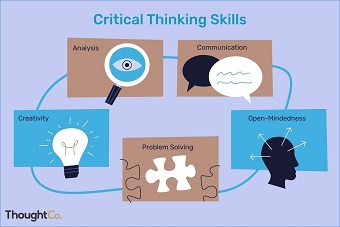The Fall of Critical Thinking
Bruce W. Davidson
The Covid panic and repression did not happen in a vacuum. A pattern of persecuting people rather than engaging those with dissenting opinions had already been well-established in the educational world and the mainstream mass media, making the oppressive treatment Covid dissenters experienced somewhat predictable. Likewise, there was an obvious, widespread failure to apply critical thinking.
Once upon a time, the educational world had a golden opportunity to improve itself dramatically. The critical thinking movement captured the attention of many in the university world and K-12 education in the 1980s and early 1990s. Richard Paul, a prominent figure in the movement, hosted an annual Conference on Critical Thinking in Sonoma, California, in which I participated several times and learned a lot from people such as Paul and Robert Ennis.
Exposure to the movement’s perspective and methods transformed my approach to teaching students and comprehending ideas and information. Until then I had often been perplexed in dealing with many of my Japanese junior college students, who had a tendency simply to parrot ideas they encountered in the mass media and books, rather than thinking for themselves.
In particular, I was shocked to find some student research papers echoing the anti-Semitic views of a Japanese journalist, who believes that the destruction of Israel is the only solution to the Arab-Israeli conflict. The students had uncritically accepted his radical opinions as unquestionable truths.










































